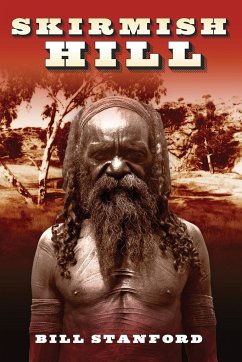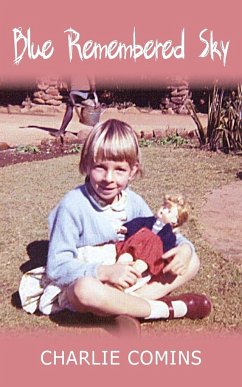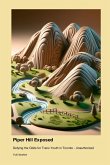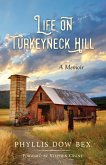Skirmish Hill exists in remote and off-limits Aboriginal land in the Great Victoria Desert of Western Australia. The book generally encapsulates the time from the Second Fleet, the Death Fleet, from England to Australia, up to the sailing in 1914 of the First Convoy that carried 34 troopships of the original Anzacs to Egypt and Gallipoli, while being escorted by the Imperial Japanese Navy. The narrative's central figure, William Whitfield Mills, made his mark in colonial Australia as an outback surveyor, explorer and gold prospector and was thus selected for his participating role. He crossed paths with men and women of interest, Europeans and Indigenous alike. Together they engendered the Australian way of life and achievement since the arrival of the white man in this country. Mills is the thread that links the pages of history and allows the events to flow on the tide of revelation. The book smacks strongly of the colonial days as they were, for better and sometimes for worse. It doesn't attempt to judge but to tell it as it was, for there were endless hardships to overcome. In his explorer days, Mills blazed a tree out in the Great Victoria Desert. The author and a fellow student of Australian history set out to find that tree. It is on sacred Aboriginal land, forbidden country to enter for the white man today. That episode is described as is the return journey, on which they are granted rare permission to pass through the usually off-limits land of the Pitjantjatjara Aborigine tribe in the north-west of South Australia. Having by now learned that Mills died and was buried in an unmarked grave on an island in the midst of a salt lake in the vast Western Australian goldfields, the author and his wife undertake a wonderful journey of contemporary exploration to hopefully find his final resting place.
Hinweis: Dieser Artikel kann nur an eine deutsche Lieferadresse ausgeliefert werden.
Hinweis: Dieser Artikel kann nur an eine deutsche Lieferadresse ausgeliefert werden.








